What Your Brand Needs to Know About Sunrise 2027


The clock is ticking toward a major change in the way businesses manage product labeling and tracking. By 2027, GS1, the global leader in barcode standards, all POS scanners should be able to scan 2D codes with GS1 Digital Link. This initiative, Sunrise 2027, isn’t just another regulatory shift. It’s an opportunity for brands to transform how they interact with consumers, manage inventory, and stay ahead in an increasingly digital world.
For companies in the CPG industry, this transition will impact their operations and bottom line. But with the right preparation, their brand can turn Sunrise 2027 into a competitive advantage.
The Benefits of 2D Barcodes for Businesses
QR codes, unlike their 1D counterparts, are data powerhouses. While traditional barcodes can only store limited information (typically just a product number), QR codes can store thousands of characters. That means a single scan can deliver much more than just a price at the checkout.
Here's why the shift to QR codes is a game-changing opportunity for businesses:
1. Increased Data Capacity
QR codes can hold up to 7,000 numeric characters or 4,200 alphanumeric characters—enough to include everything from a product’s ingredients to its expiration date, traceability data, and even promotional links. This increased data capacity doesn't just mean more information; it allows for redundancy and error correction as well. With extra space to spare, businesses can add multiple layers of detail, such as batch numbers, expiry dates, or unique serial identifiers, making each product more specific and trackable. Plus, redundant data can be added to the code, ensuring that even if the QR code experiences wear and tear or minor damage, it will still scan accurately and deliver a seamless experience. This built-in resilience is a game-changer, especially for products with long supply chains or high turnover on retail shelves, where every scan needs to work smoothly and reliably.
2. Consumer-Driven Engagement
QR codes turn each product into an interactive experience. By embedding information or using GS1 Digital Link technology, brands can allow consumers to access detailed product information, such as usage instructions, authenticity checks, or even exclusive content like promotions and discounts. As Ned Mears, Senior Director of Global Standards at GS1 US, explains, “Businesses can now begin to see the merger of their strategies for supply chain visibility upstream with their strategies for consumer engagement downstream, all from this simple square symbol on the pack...If you combine all those things, the unique product ID, lot code, expiry, etc., and format it as a web URL, the brand owner can then serve up the exact right experience for the consumer or patient.” With 79% of consumers saying they are more likely to purchase products with scannable barcodes, this transition aligns with rising consumer expectations.
3. Supply Chain Efficiency
For businesses, the QR code offers massive improvements in efficiency. Whether you’re managing inventory, tracking products across the supply chain, or ensuring product authenticity, QR codes allow for real-time data accuracy. This reduces errors, speeds up operations, and improves overall visibility throughout your entire logistics chain. But the advantages go beyond immediate data capture—QR codes can link products directly to online resources like traceability data or detailed product history, allowing every item to carry a full, accessible record from production to purchase. This connected, data-rich approach transforms the supply chain from a back-end necessity into a powerful asset, supporting everything from quality assurance to customer transparency.
Challenges and Considerations for Businesses
While QR codes are packed with benefits, they’re not without challenges. Transitioning to scanning QR at POS may require investment and planning. Here are some of the key hurdles you might face:
1. Upgrading Technology
Older POS systems and scanners may not be able to read QR codes efficiently. For brands and CPG companies, this is a prime opportunity to explore how 2D barcodes can add value across the supply chain and enhance the consumer experience. While modernizing hardware and software might require an investment, especially for smaller businesses, it’s a forward-looking step that opens the door to new possibilities. By preparing now, brands can gain insights and fine-tune their strategies to fully leverage the advantages of 2D barcodes in a post-2027 landscape.
2. Training Your Team
Building a well-rounded team that includes operations, brand marketing, and data management functions can make a big difference. Each area benefits from the shift to QR codes: operations can streamline processes, brand marketing can enhance consumer engagement, and data management can capture valuable insights. When these functions work together, businesses can maximize the value of QR codes across departments, making the transition smoother and more impactful. As with any significant change, there’s a learning curve, but fostering cross-functional collaboration will turn QR code implementation into a strategic advantage.
3. Customer Adoption
While younger, tech-savvy consumers may have no problem scanning QR codes, older generations may find them confusing or inconvenient. Brands will need to educate consumers and provide clear instructions on how to interact with these new labels. This is a short-term pain, but once consumers see the value, they’ll be eager to adopt.
What Your Brand Can Do to Prepare
1. Assess Your Current Barcode System
Before you make any major moves, conduct a full audit of your existing barcode system. Identify which of your products are still using traditional barcodes and start a modernization strategy to 2D codes for Sunrise 2027.
2. Invest in the Right Technology
QR code technology can seem daunting, but Flowcode makes the transition effortless. Our cutting-edge platform provides customizable QR codes that go far beyond just meeting GS1 standards—they're designed to elevate your brand. With Flowcode, you can create dynamic, visually stunning QR codes that turn every scan into a personalized, interactive experience for your customers. Plus, our real-time analytics offer deep insights into consumer behavior, helping you optimize engagement and drive conversions like never before.
3. Update Your Packaging and Marketing Strategy
With 2D barcodes, your packaging becomes an interactive marketing tool. Use this opportunity to revamp your product labels and marketing campaigns. By integrating QR codes, you can give customers instant access to tutorials, product reviews, or even exclusive discounts.
4. Pilot the Changes
Don’t wait until 2027 to roll out your new barcodes. Start small with a pilot program to test your new 2D codes on a limited product line. Gather data, fix any issues, and refine your strategy before fully transitioning.
The Future of Barcodes Is Here
Sunrise 2027 is more than just a regulatory change—it’s an opportunity for businesses to upgrade their systems, create deeper consumer relationships, and improve operational efficiency. By getting ahead of the transition and leveraging QR codes to their full potential, your brand can stay compliant while also gaining a competitive edge in the marketplace.
Ready to Future-Proof Your Business?
Flowcode is here to help you embrace the exciting future of 2D barcodes with GS1 Digital Link. Our advanced QR code solutions simplify the transition, unlocking new opportunities for consumer engagement and operational efficiency. This isn’t just a shift—it’s a modernization that brings brands closer to their consumers in meaningful ways. Ready to see how Flowcode can help you lead the way in the next era of connected products? Click here to learn more.
Connect to unlock a personalized demo


































.png)
















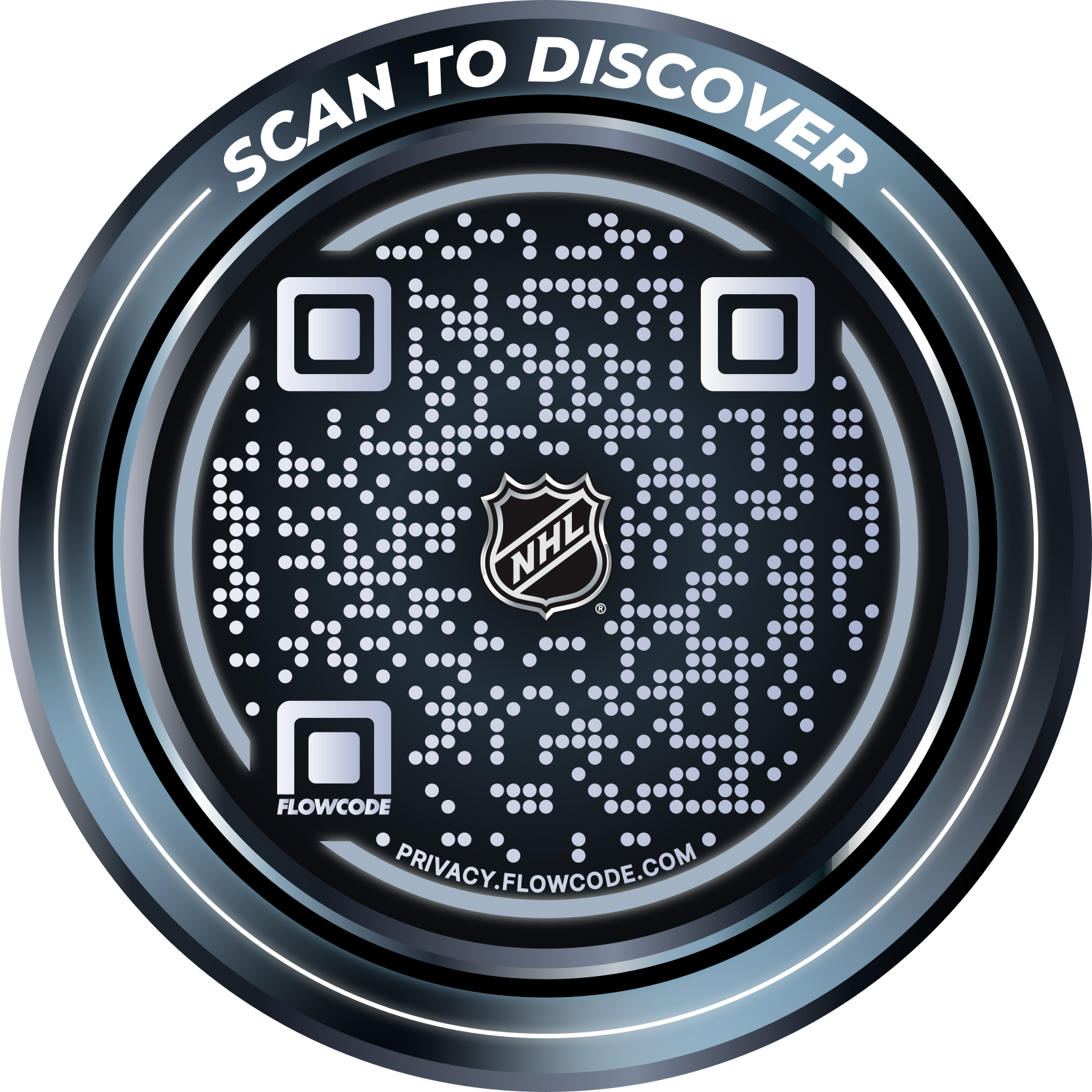
.png)
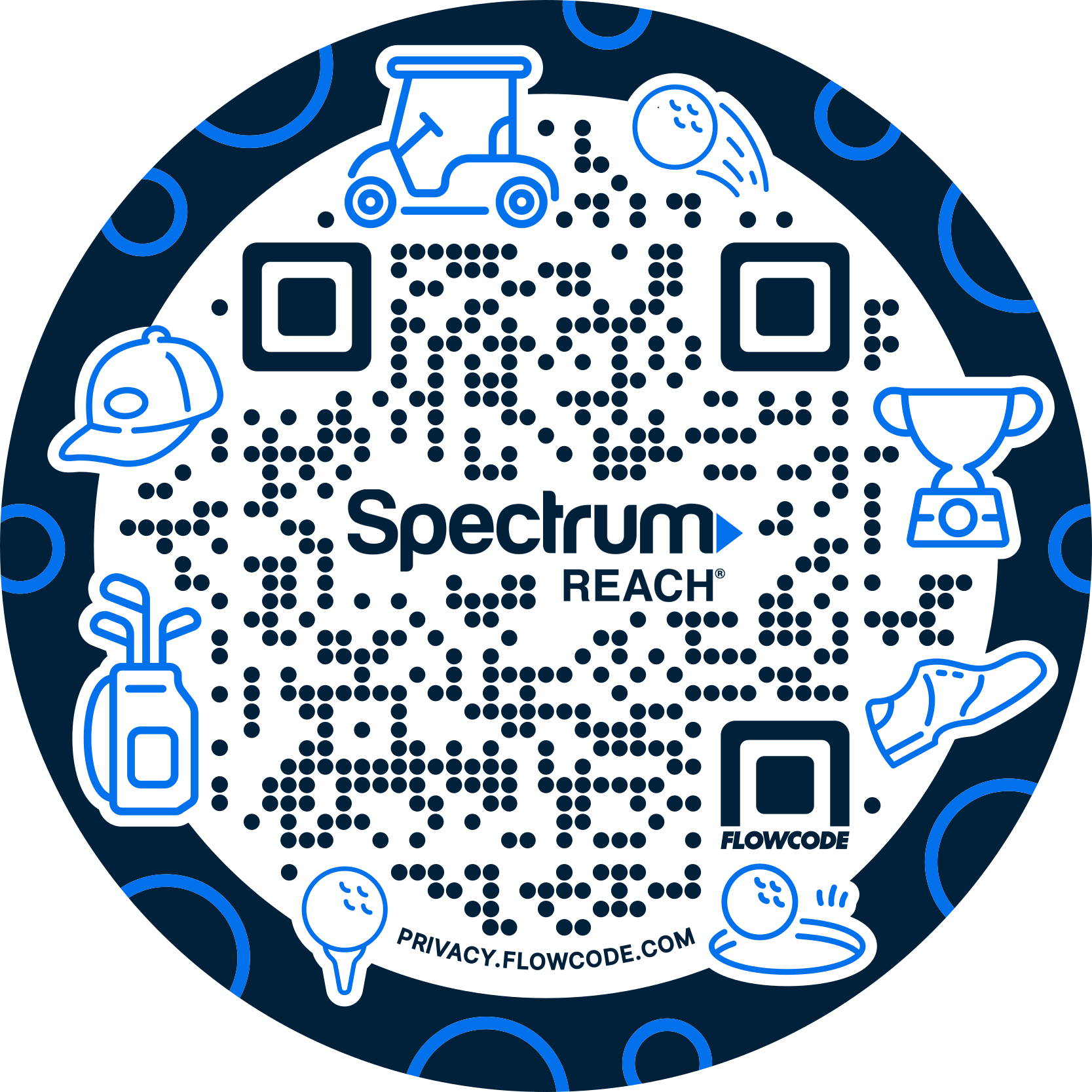


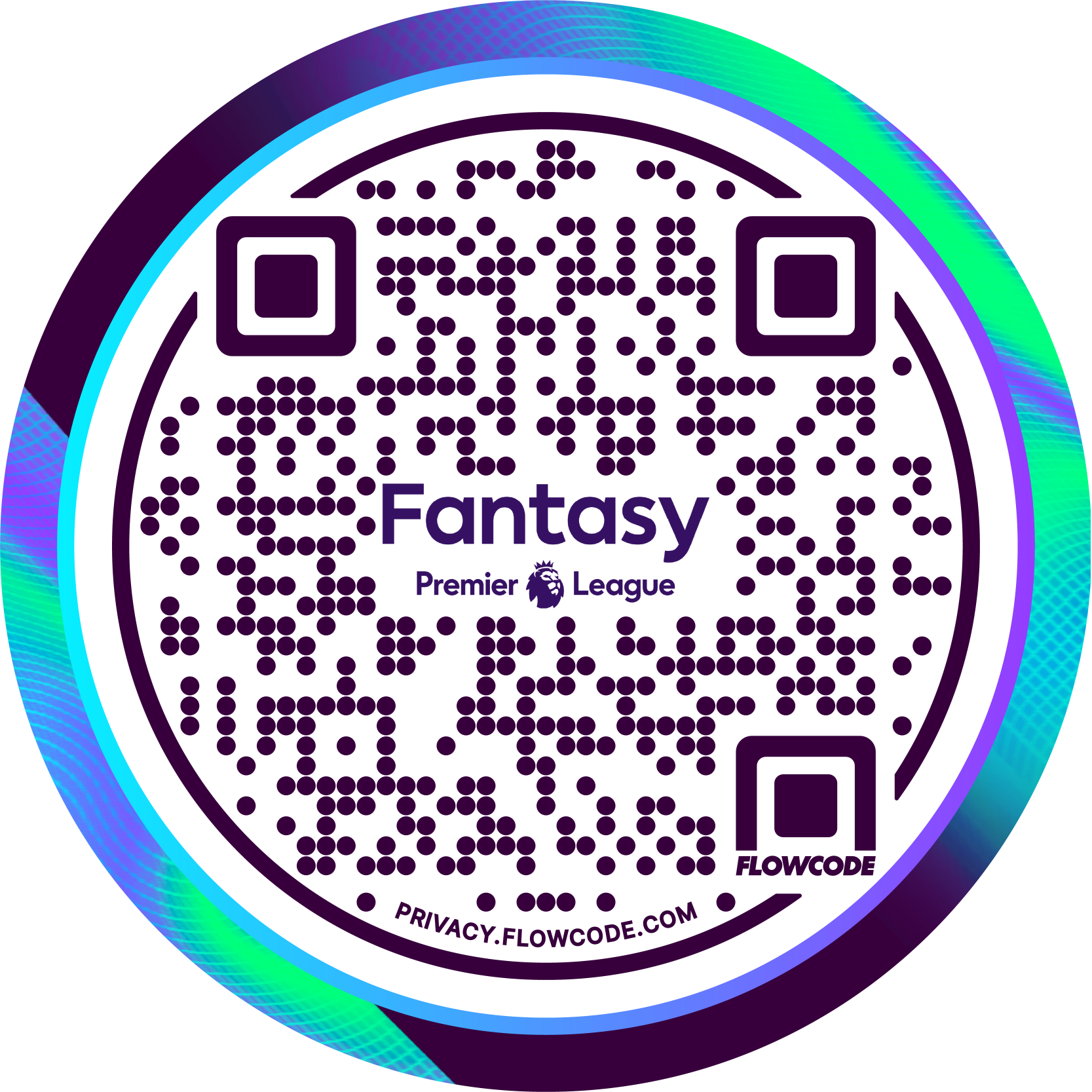
.png)
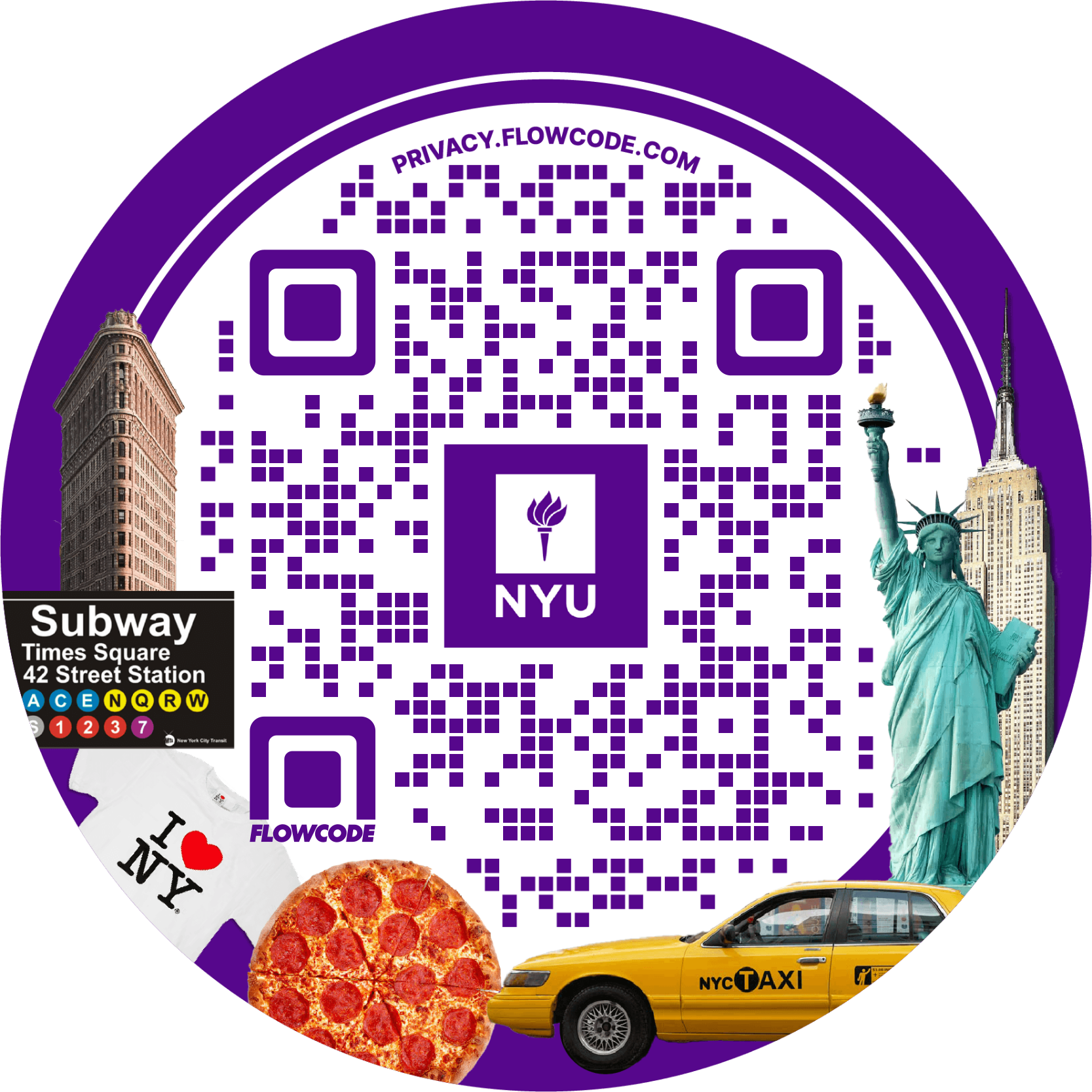
.png)
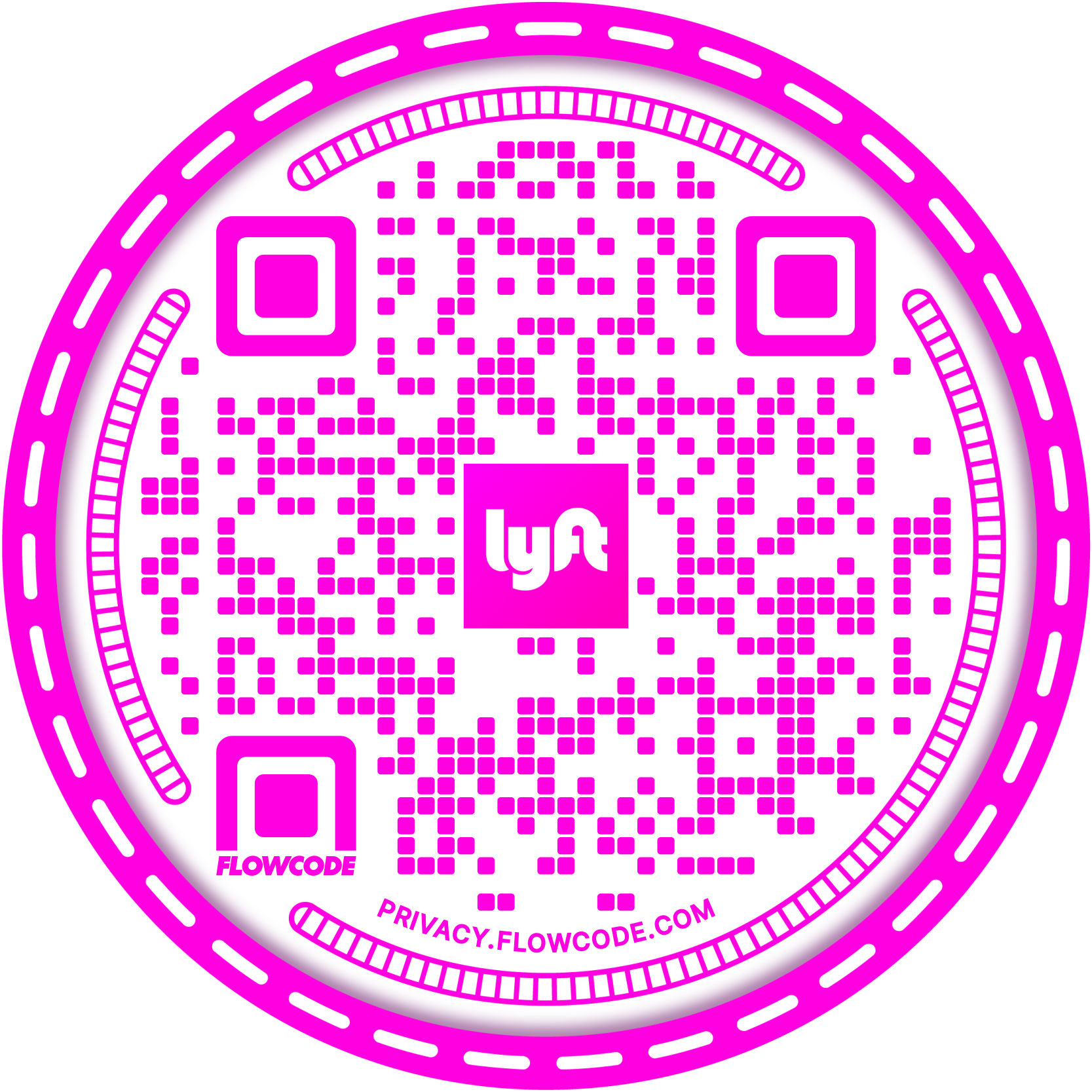
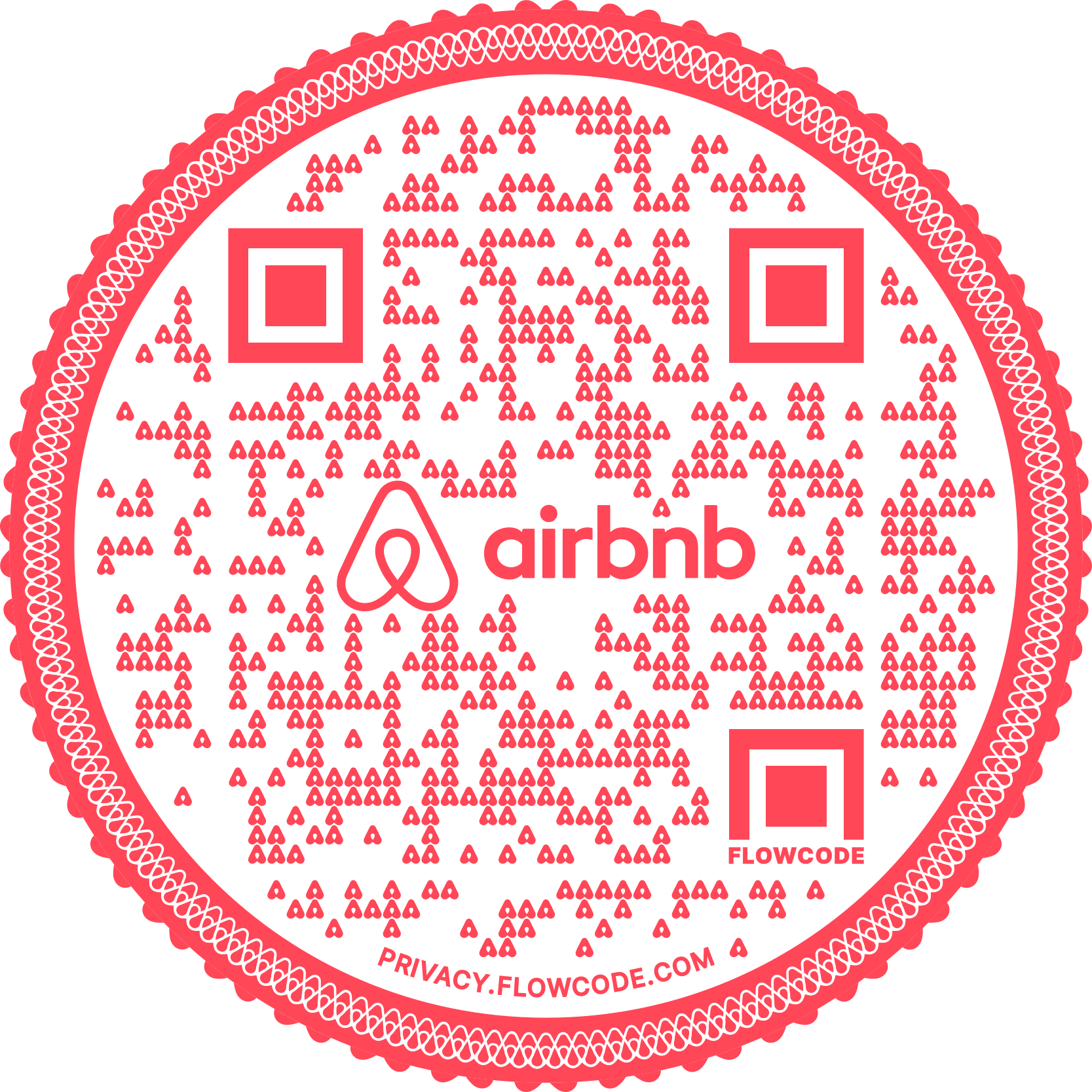
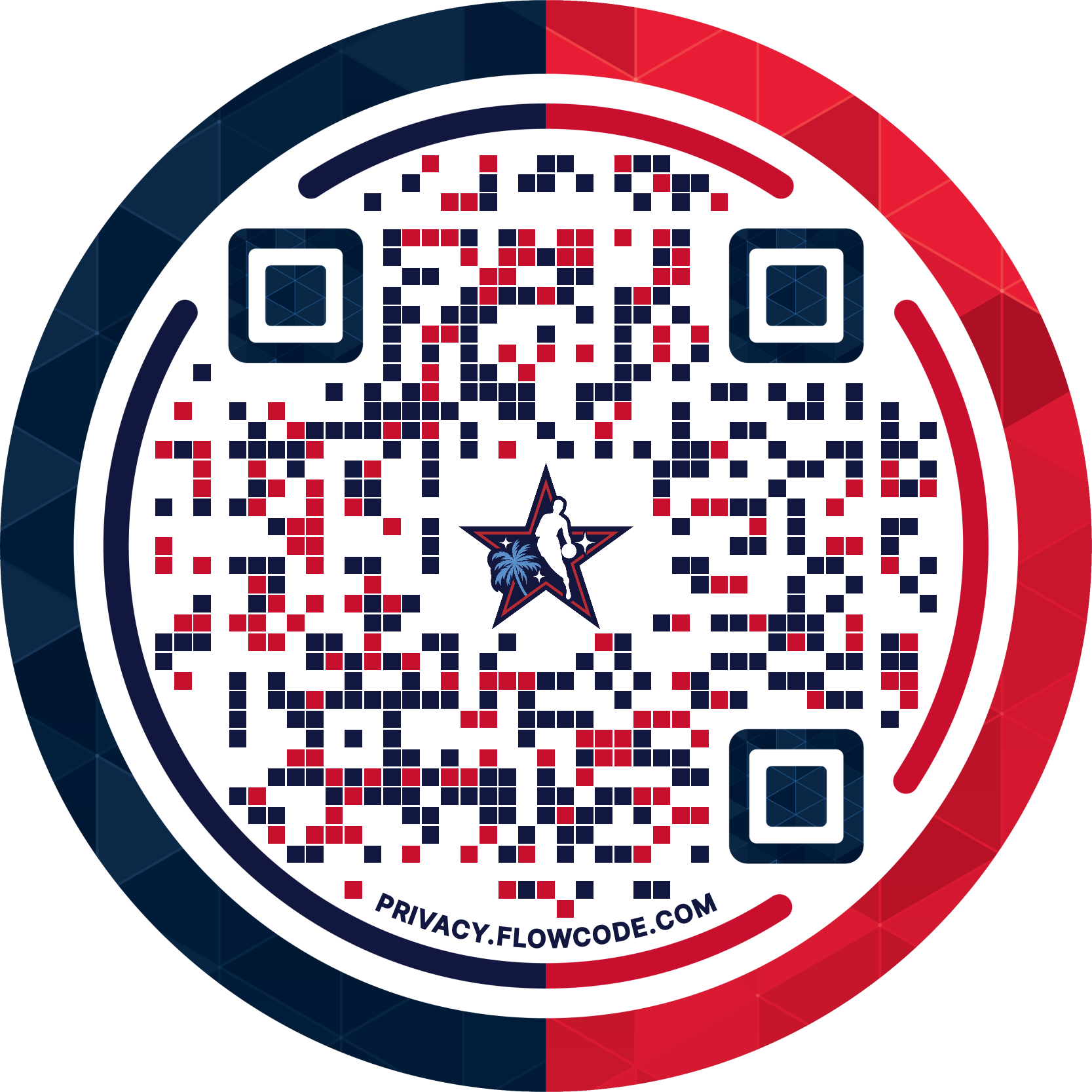
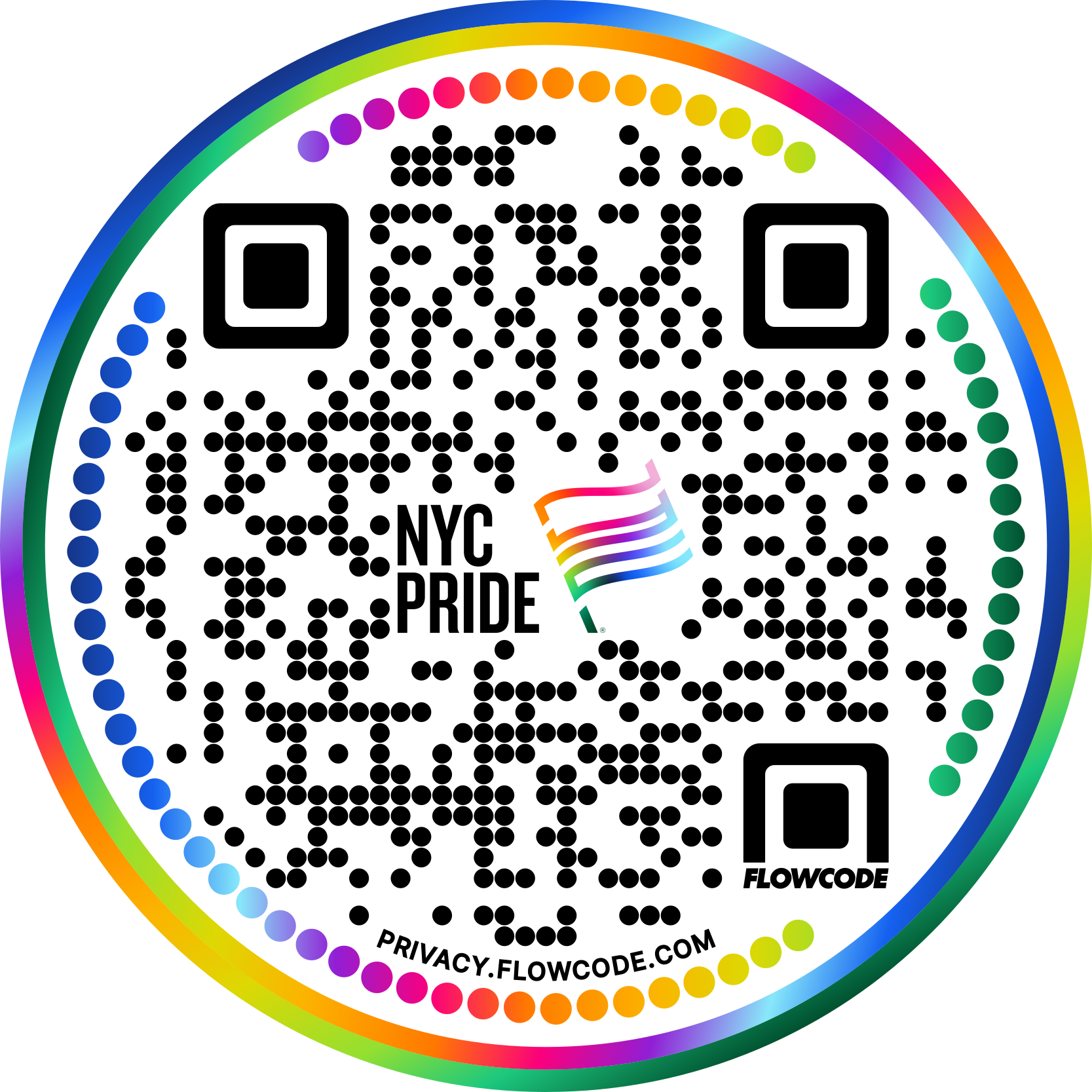

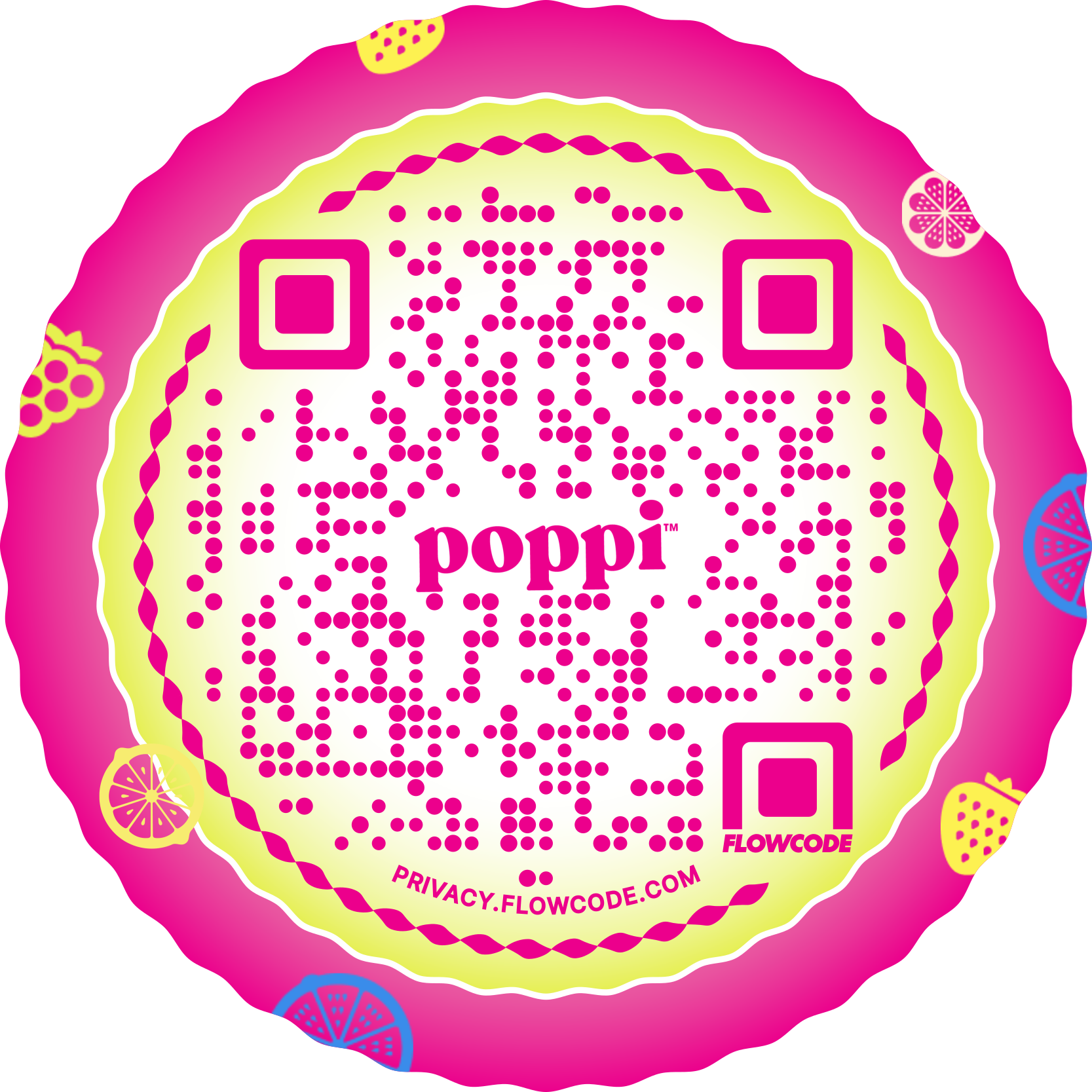
.png)
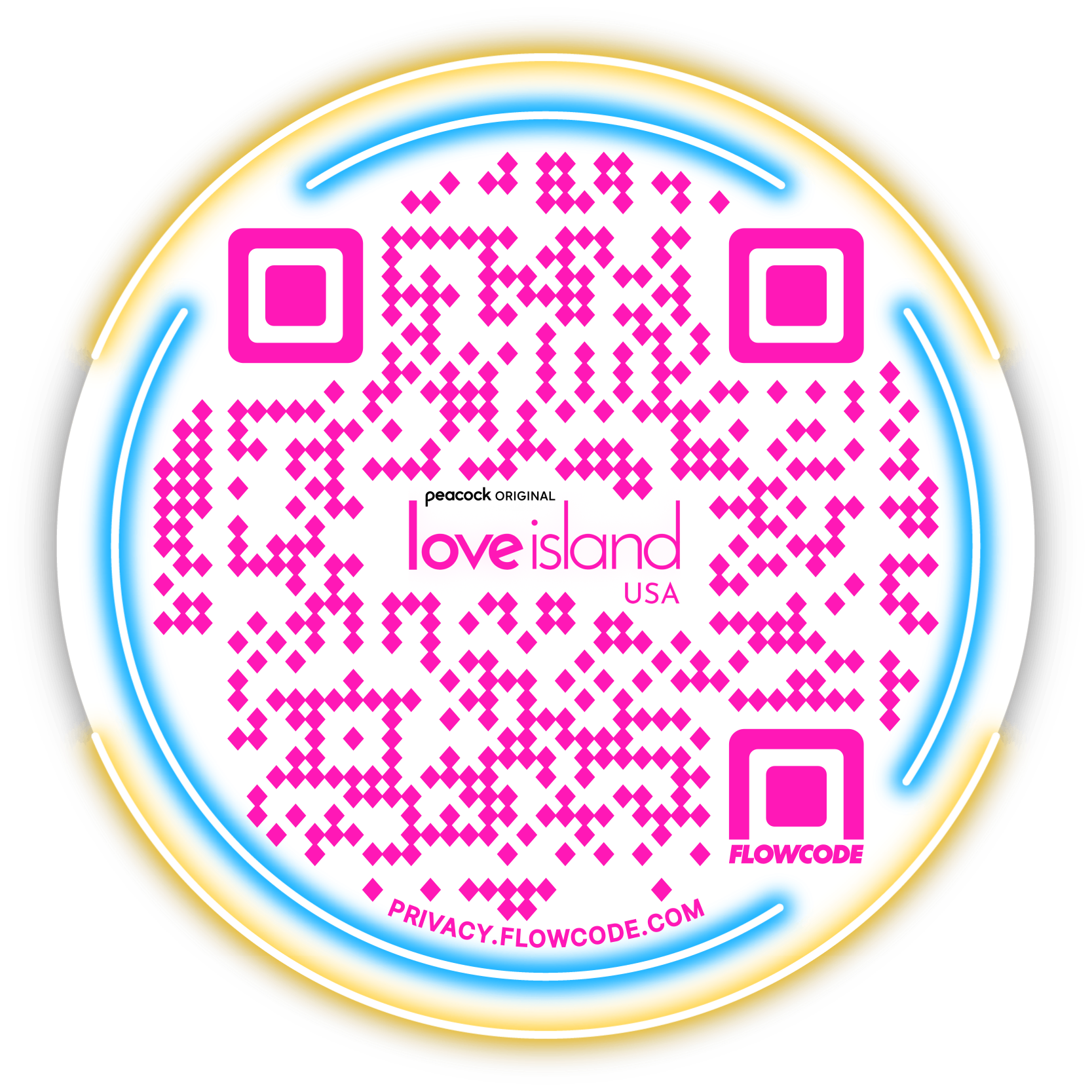

.png)
.png)
.png)

.png)

%20copy%203.png)






.png)


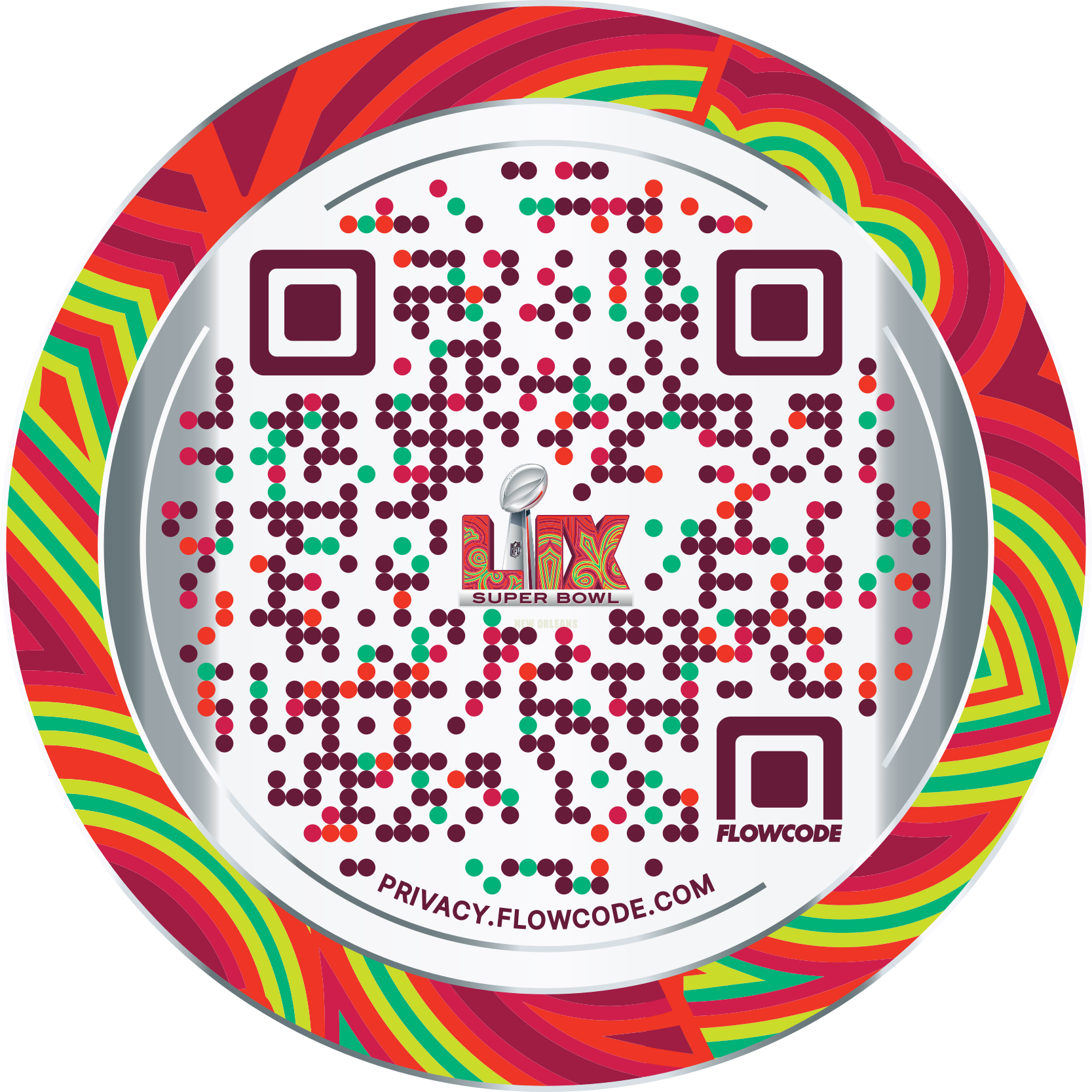

.png)

